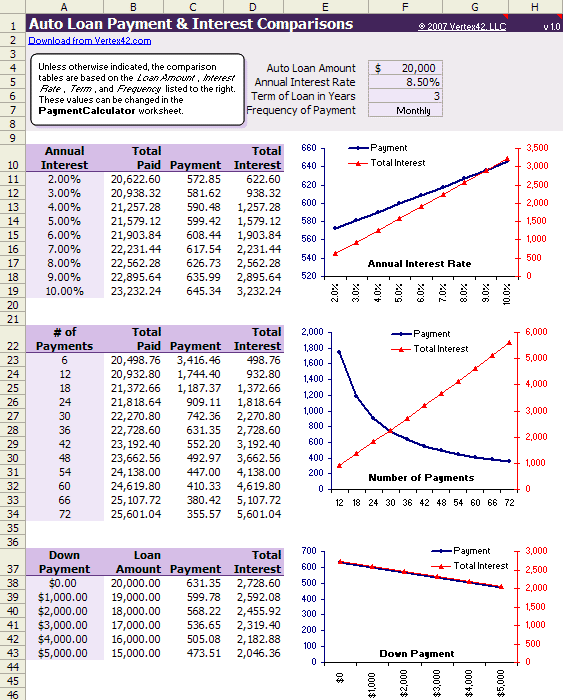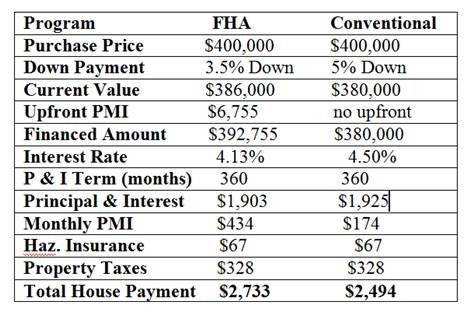Loan vs Mortgage Difference and Comparison
Post on: 20 Апрель, 2015 No Comment

Mortgages are types of loans that are secured with real estate or personal property.
A loan is a relationship between a lender and borrower. The lender is also called a creditor and the borrower is called a debtor. The money lent and received in this transaction is known as a loan: the creditor has loaned out money, while the borrower has taken out a loan. The amount of money initially borrowed is called the principal. The borrower pays back not just the principal but also an additional fee, called interest. Loan repayments are usually paid in monthly installments and the duration of the loan is usually pre-determined. Traditionally, the central role of banks and the financial system was to take in deposits and use them to issue loans, thus facilitating efficient use of money in the economy. Loans are used not just by individuals but also organizations and even governments.
Contents: Loan vs Mortgage
edit Financial and Legal Definitions
Financially, loans are structured between individuals, groups, and/or firms when one person or entity gives money to another with the expectation of having it repaid, usually with interest, within a certain amount of time. For example, banks frequently loan money to people with good credit who are looking to purchase a car or home, or start a business, and borrowers repay this money over a set amount of time. Borrowing and lending happen in a variety of other ways, too. It is possible for individuals to lend small portions of money to numerous others through peer-to-peer lending exchange services like Lending Club. and it is common for one person to loan another money for small purchases.
How a loan is treated legally varies according to the type of loan, such as a mortgage, and the terms found in a loan agreement. These contracts are judged and enforceable according to the Uniform Commercial Code and contain information about the loan’s terms, repayment requirements, and interest rates; they also include details on the repercussions for missed payments and default. Federal laws are set out to protect both creditors and debtors from financial harm.
Though people frequently borrow and lend on smaller scales with no contract or promissory note. it is always advisable to have a written loan agreement, as financial disputes can be settled more easily and fairly with a written contract than with an oral contract.
edit Loan and Mortgage Terminology
Several terms are commonly used when discussing loans and mortgages. It is important to understand them before borrowing or lending.
- Principal. The amount borrowed that has yet to be repaid, minus any interest. For example, if someone has taken out a $5,000 loan and paid back $3,000, the principal is $2,000. It does not take into account any interest that might be due on top of the remaining $2,000 owed.
- Interest. A fee charged by a creditor for a debtor to borrow money. Interest payments greatly incentivize creditors to take on the financial risk of lending money, as the ideal scenario results in a creditor earning back all the money loaned, plus some percentage above that; this makes for a good return on investment (ROI) .
- Interest Rate. The rate at which a percentage of the principal the amount of a loan yet owed is repaid, with interest, within a certain period of time. It is calculated by dividing the principal by the amount of interest.

- Annual Percentage Rate (APR). The costs of a loan over the course of a year, including any and all interest, insurance, and/or origination fees. See also APR vs Interest Rate .
- Down Payment. Cash a borrower gives to a lender upfront as part of an initial loan repayment. A 20% down payment on a home that is valued at $213,000 would be $42,600 in cash; the mortgage loan would cover the remaining costs and be paid back, with interest, over time.
- Lien. Something used to secure loans, especially mortgages; the legal right a lender has to a property or asset, should the borrower default on loan repayments.
- Private Mortgage Insurance (PMI). An additional monthly fee for those homebuyers who do not make a down payment of at least 20%.
- Prepayment. Paying a loan in part or in full before its due date. Some lenders actually penalize borrowers with an interest fee for early repayment as it causes lenders to lose out on interest charges they might have been able to make had the borrower kept the loan for a longer time.
- Foreclosure. The legal right and process a lender uses to recoup financial losses incurred from having a borrower fail to repay a loan; usually results in a public auction of the asset that was used for collateral, with proceeds going toward the mortgage debt. See also Foreclosure vs Short Sale .
edit Types of Loans
edit Open-End vs. Closed-End Loans
There are two main categories of loan credit. Open-end credit sometimes known as revolving credit is credit that can be borrowed from more than once. It’s open for continued borrowing. The most common form of open-end credit is a credit card ; someone with a $5,000 limit on a credit card can continue to borrow from that line of credit indefinitely, provided she pays off the card monthly and thus never meets or exceeds the card’s limit, at which point there is no more money for her to borrow. Each time she pays the card down to $0, she again has $5,000 of credit.
When a fixed amount of money is lent in full with the agreement that it be repaid in full at a later date, this is a form of closed-end credit; it is also known as a term loan. If a person with a closed-end mortgage loan of $150,000 has paid back $70,000 to the lender, it does not mean that he has another $70,000 out of $150,000 to borrow from; it simply means he is a portion of the way through his repayment of the full loan amount he already received and used. If more credit is needed, he will have to apply for a new loan.
edit Secured vs. Unsecured
Loans can either be secured or unsecured. Unsecured loans are not attached to assets, meaning lenders cannot put a lien on an asset to recoup financial losses in the event that a debtor defaults on a loan. Applications for unsecured loans are instead approved or rejected according to a borrower’s income, credit history, and credit score. Due to the relatively high risk a lender takes on to give a borrower an unsecured line of credit, unsecured credit is often of a smaller amount and has a higher APR than a secured loan does. Credit cards, bank overdrafts. and personal loans are all types of unsecured loans.
Secured loans sometimes known as collateral loans are connected to assets and include mortgages and auto loans. In these loans, a borrower places an asset up as collateral in exchange for cash. Though secured loans usually offer larger amounts of money to borrowers, at lower rates of interest, they are relatively safer investments for lenders. Depending on the nature of the loan agreement, lenders may be able to seize partial or full control of an asset if a debtor defaults on his or her loan.
edit Other Types of Loans
Open-end/closed-end and secured/unsecured are broad categories that apply to a wide variety of specific loans, including student loans (closed-end, often secured by the government), small business loans (closed-end, secured or unsecured), loans for U.S. veterans (closed-end, secured by the government), mortgages (closed-end, secured), consolidated loans (closed-end, secured), and even payday loans (closed-end, unsecured). With regard to the latter, payday loans should be avoided, as their fine print almost always reveals a very high APR which makes the loan repayment difficult, if not impossible.














